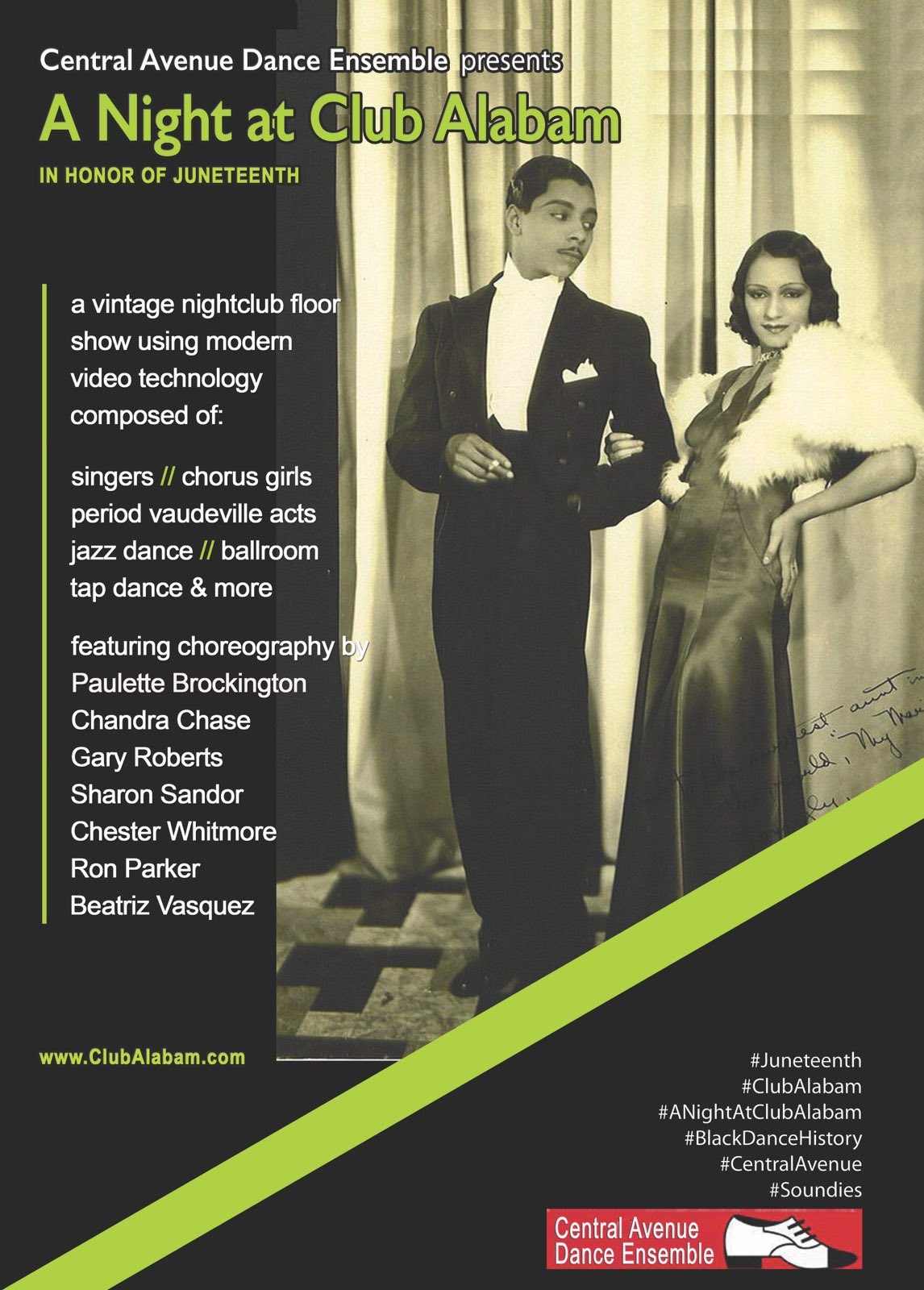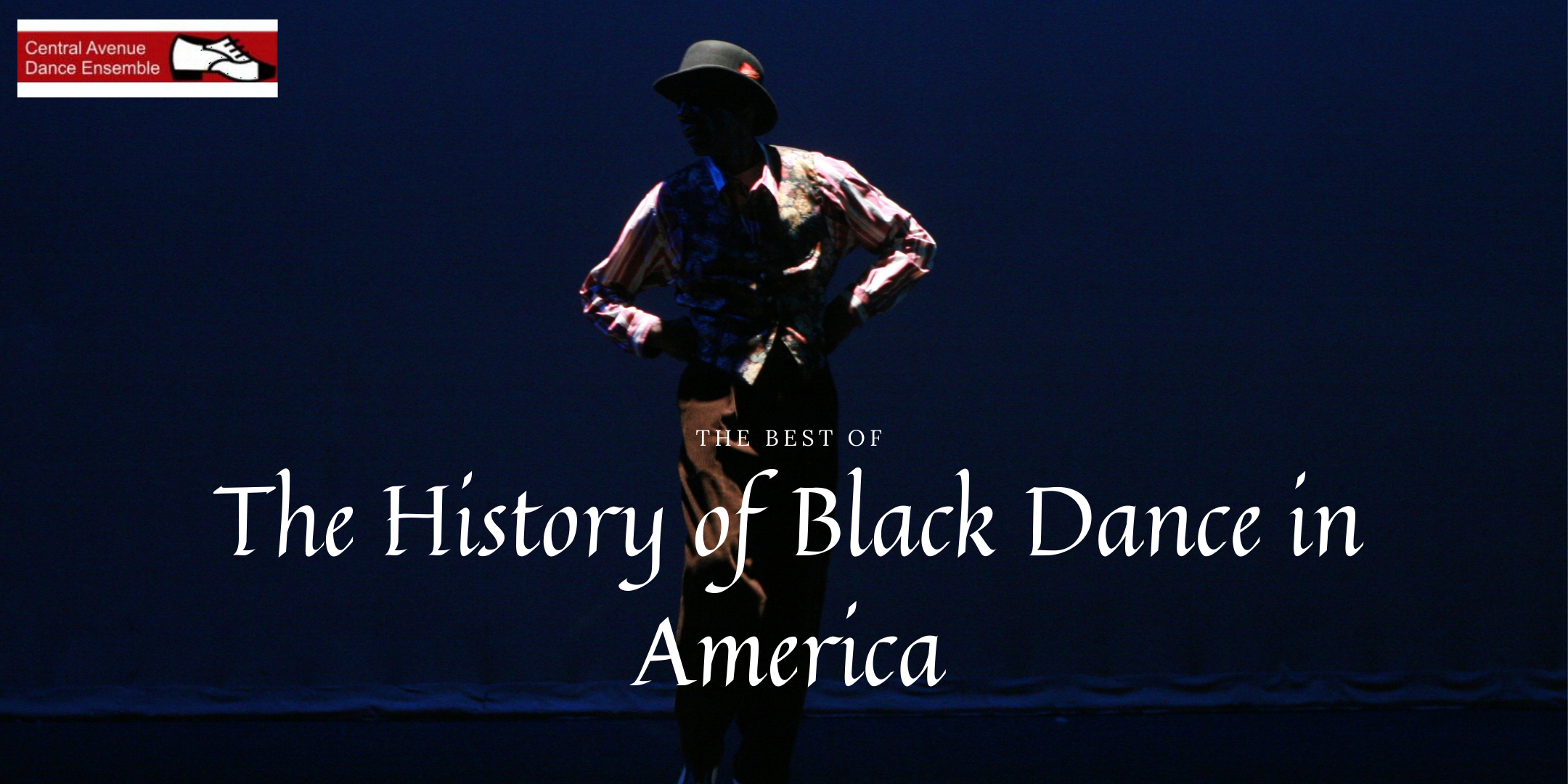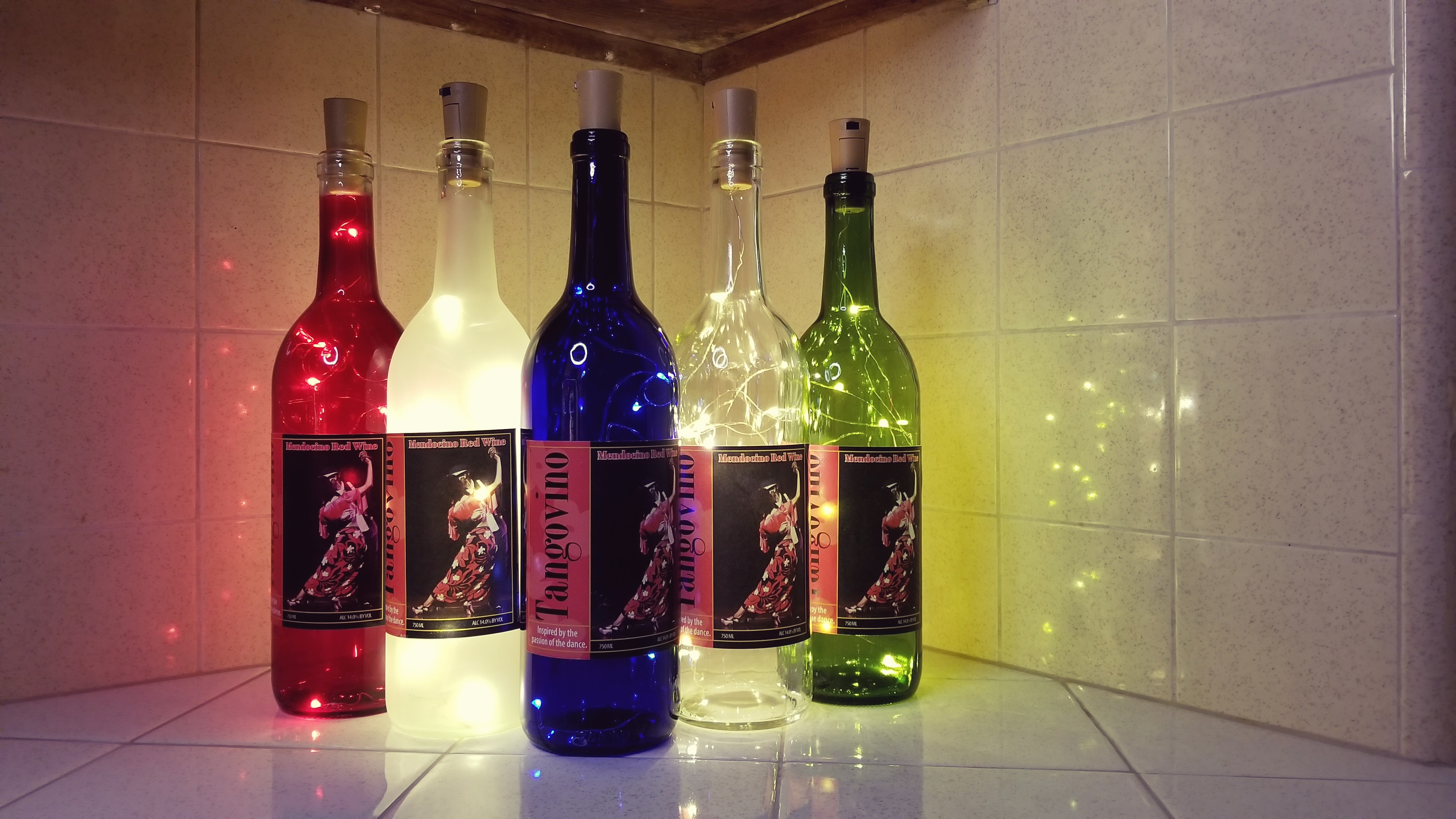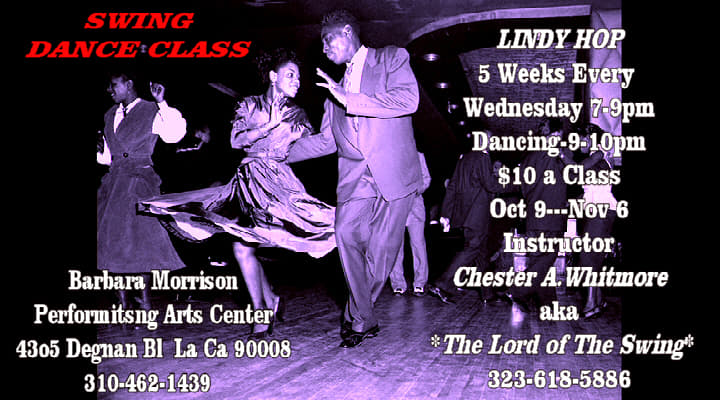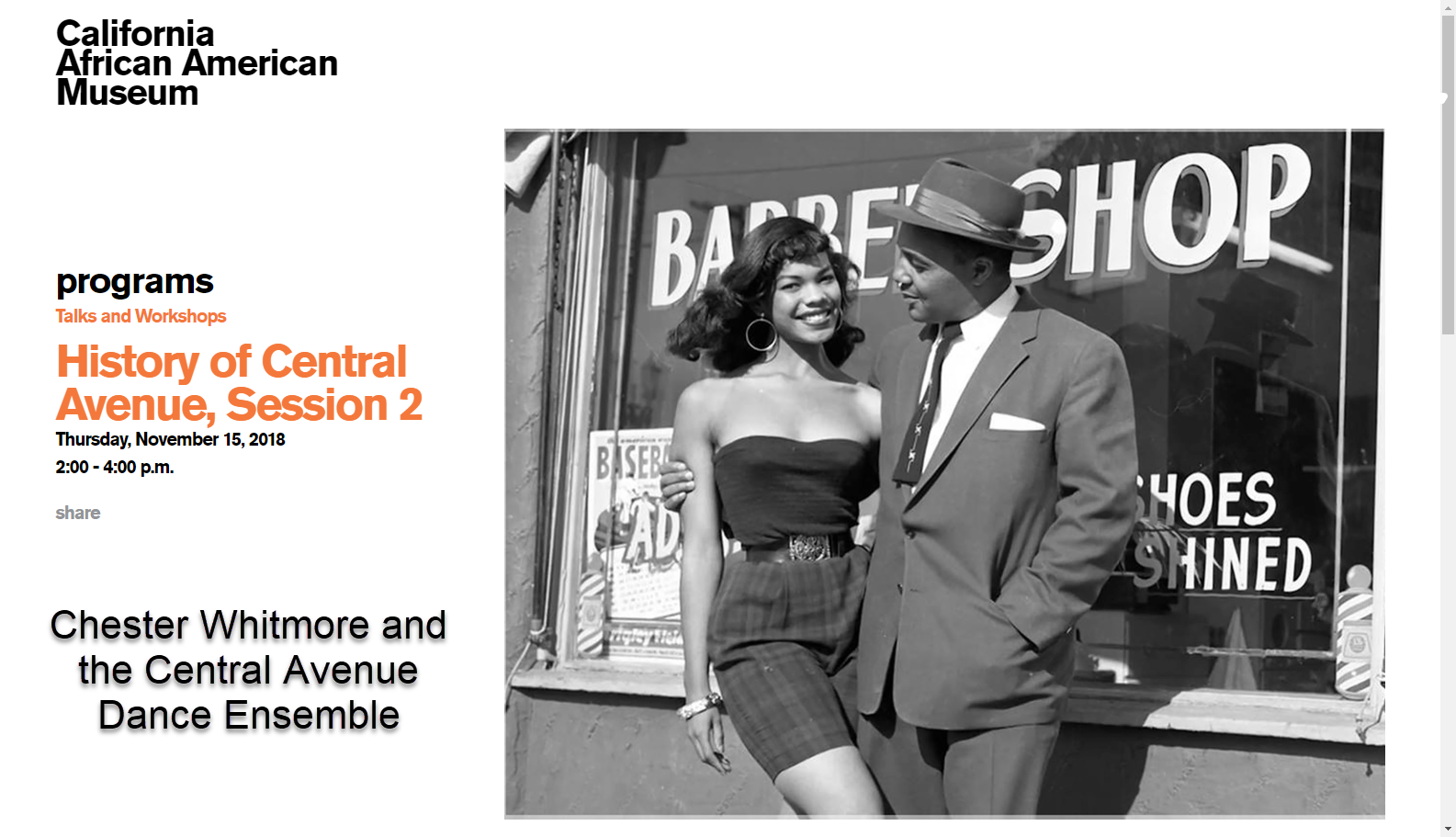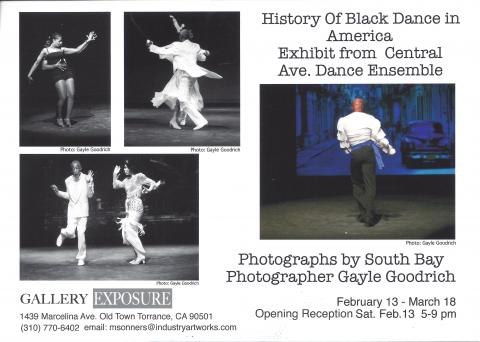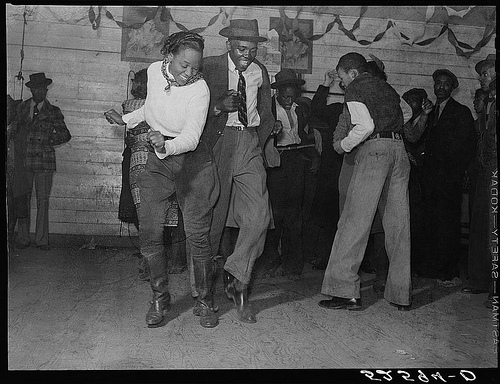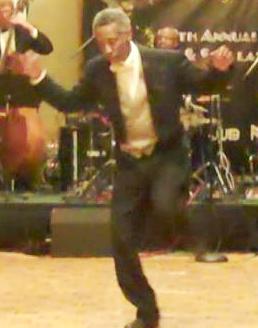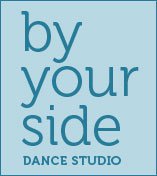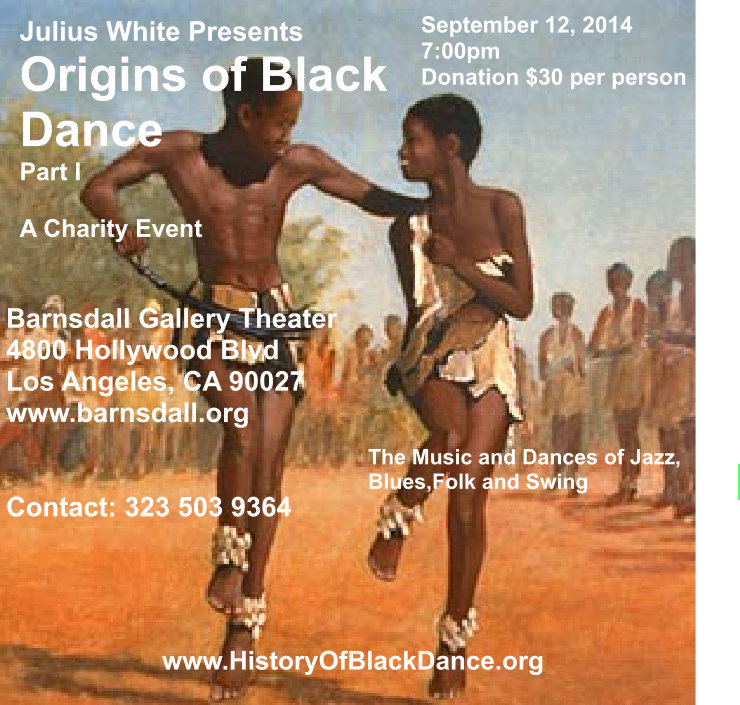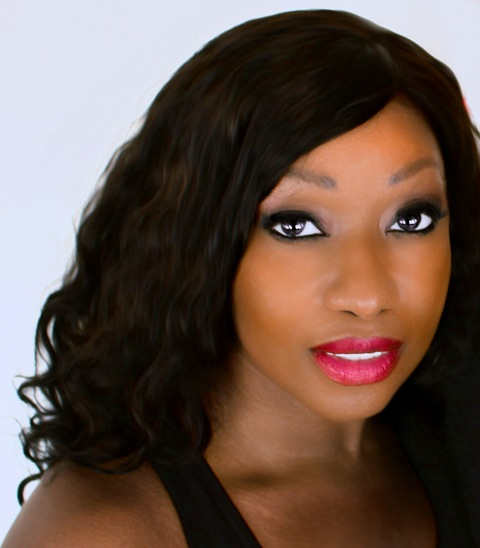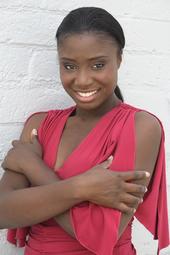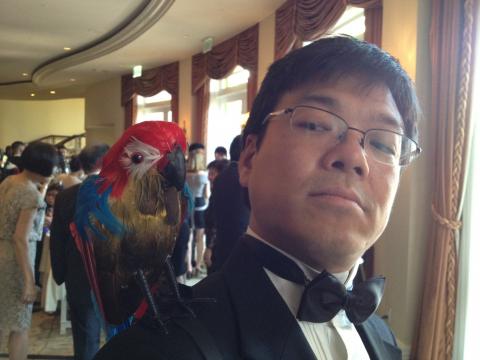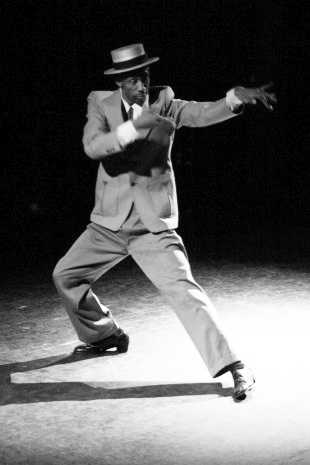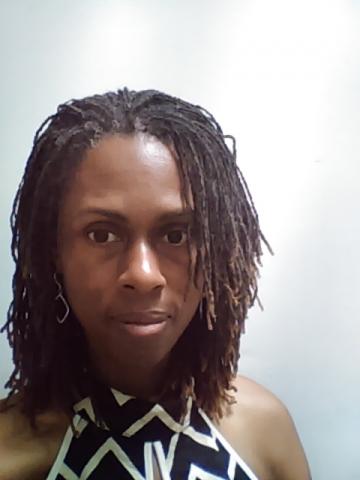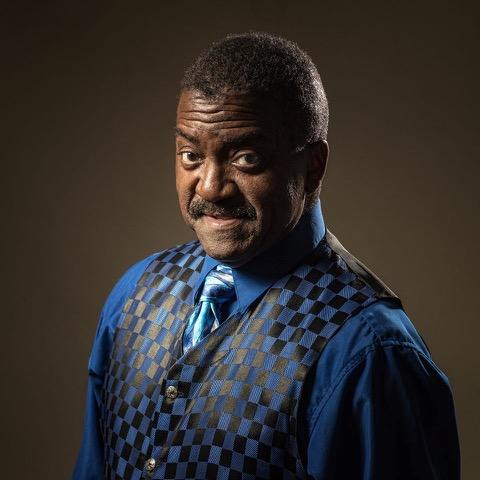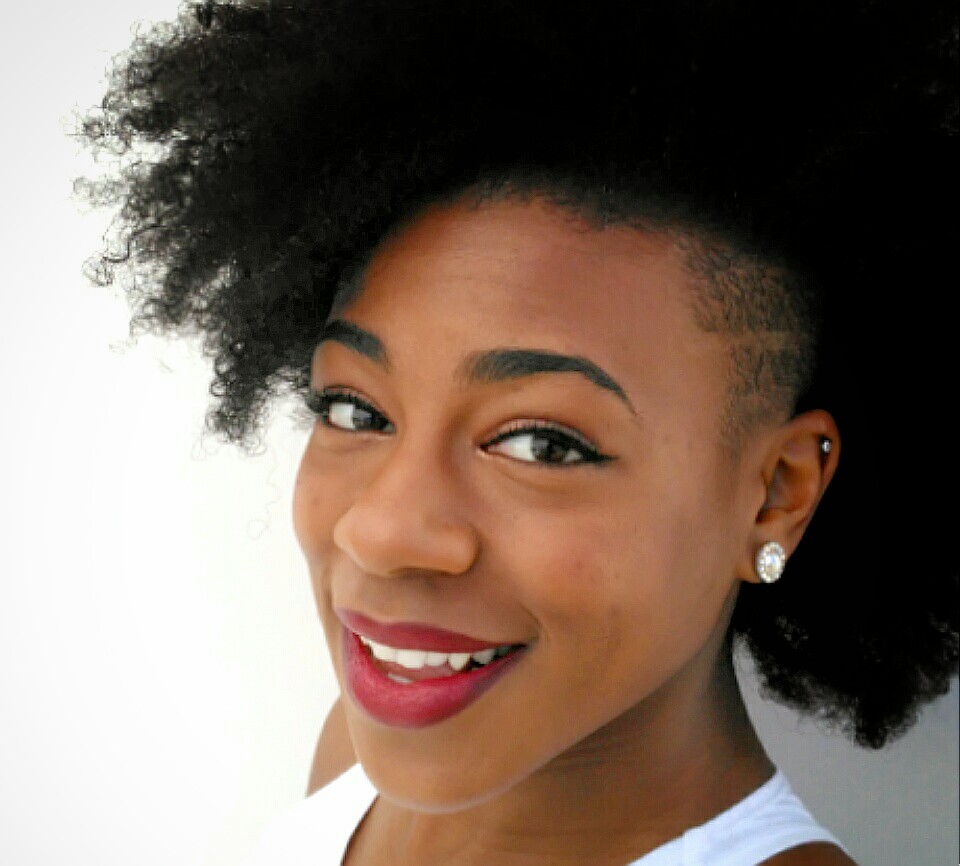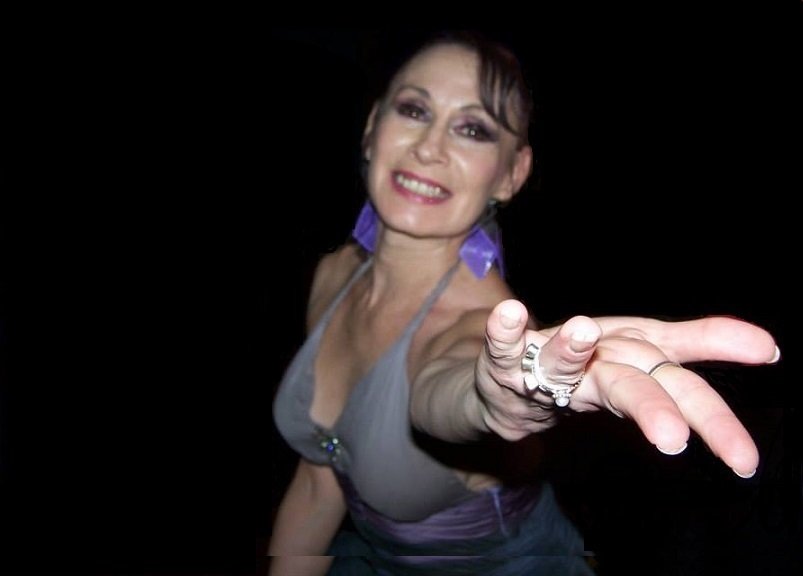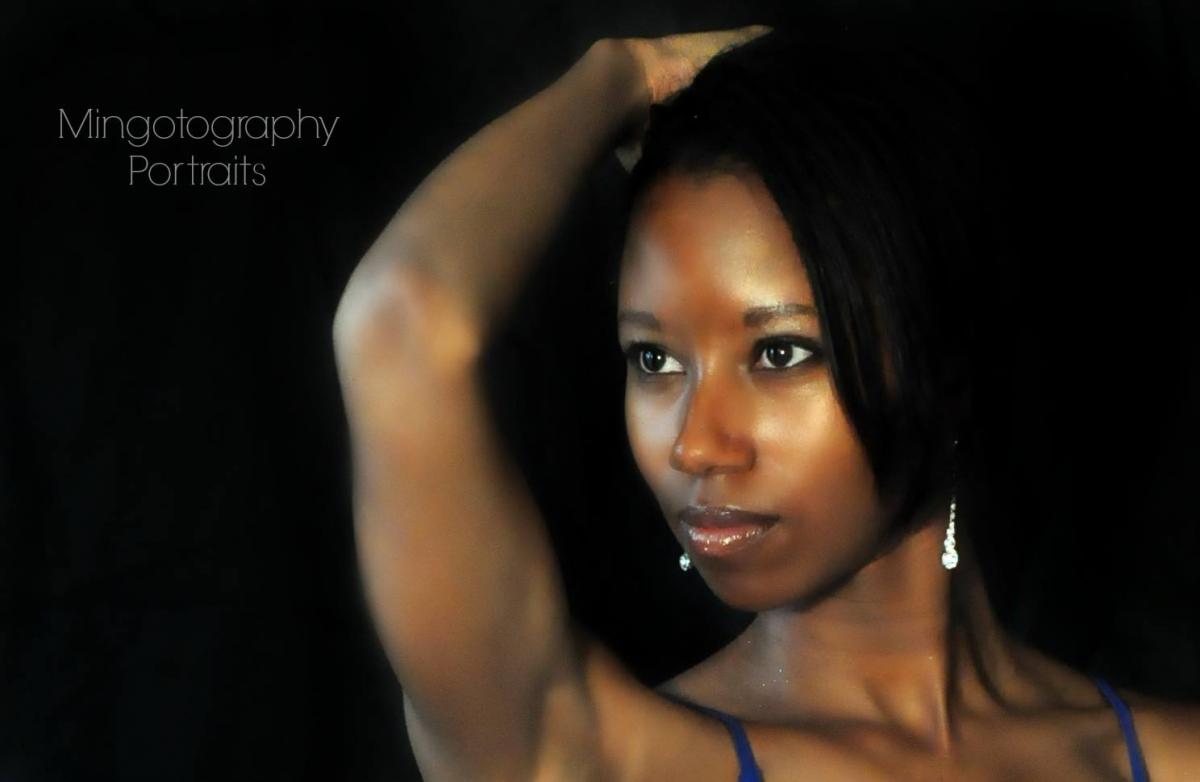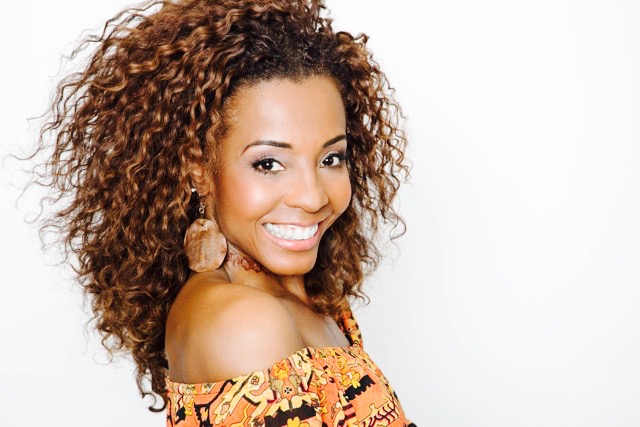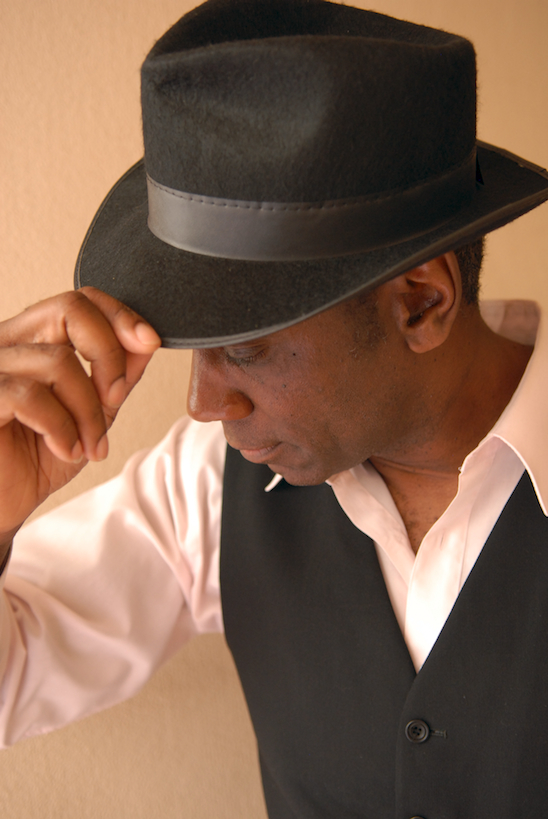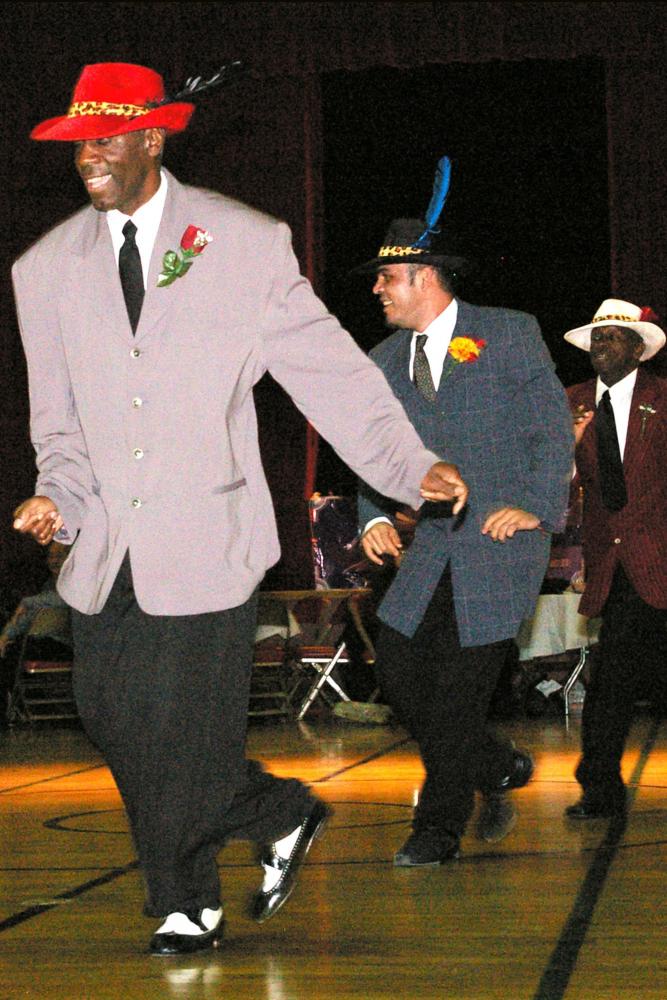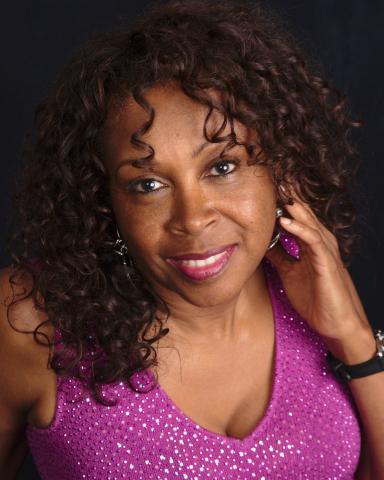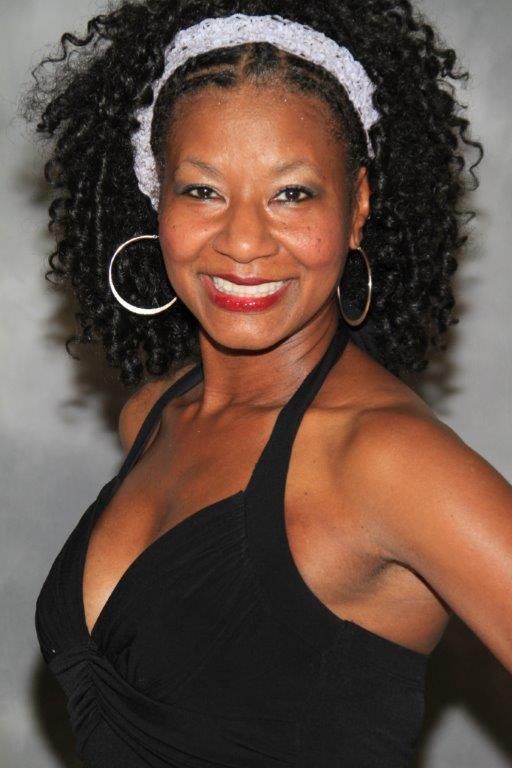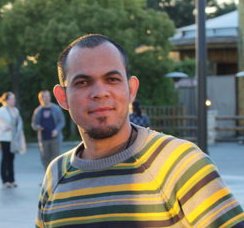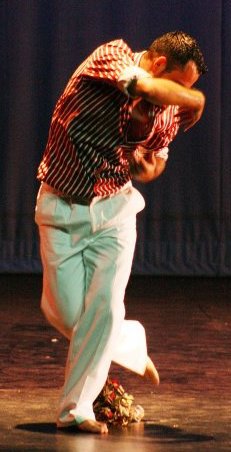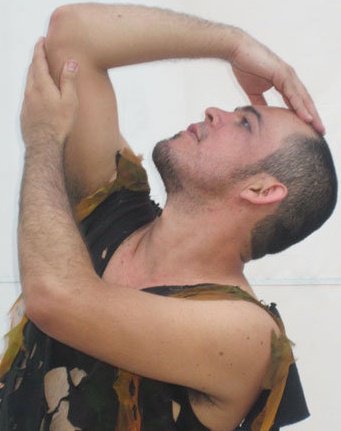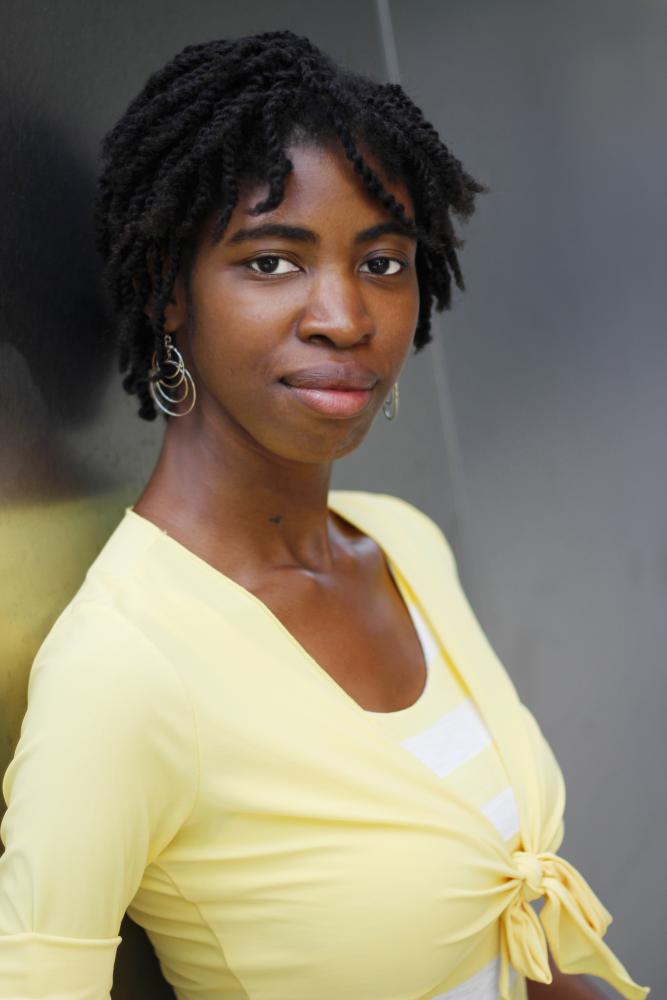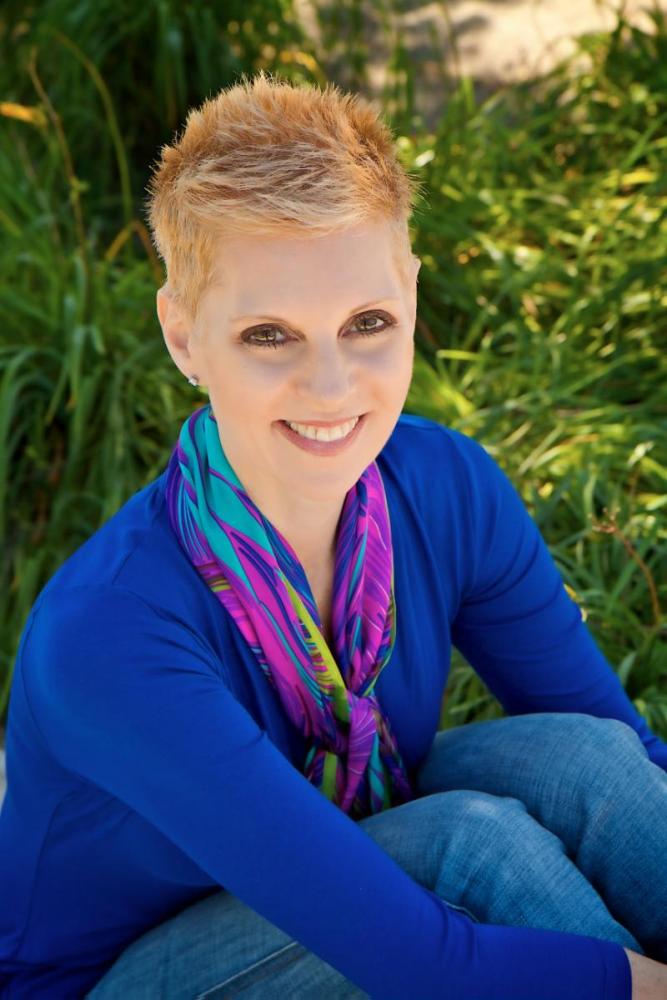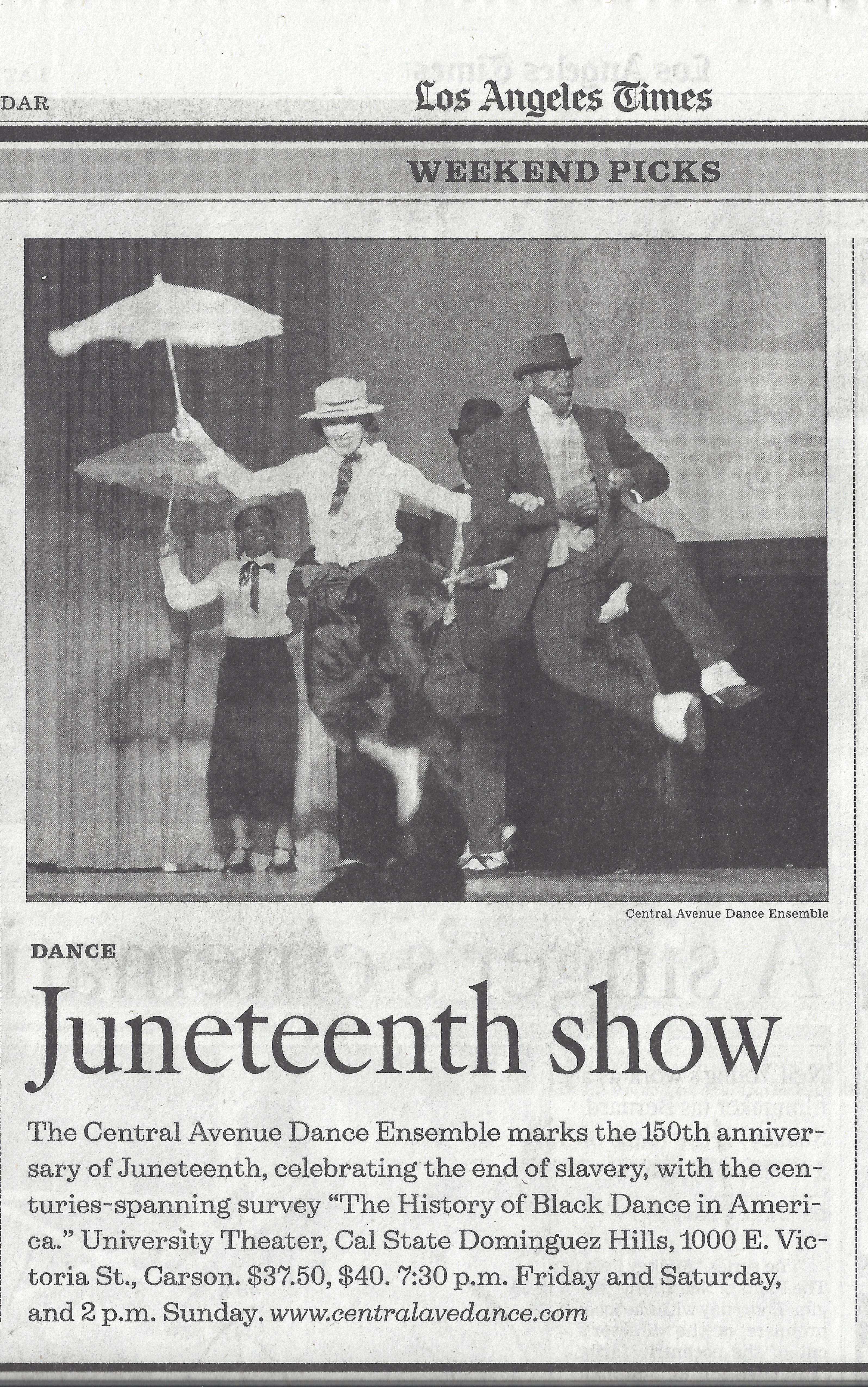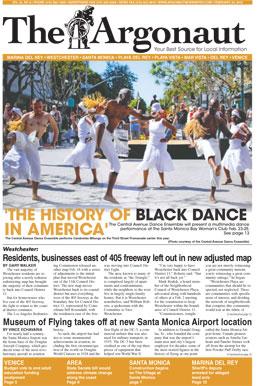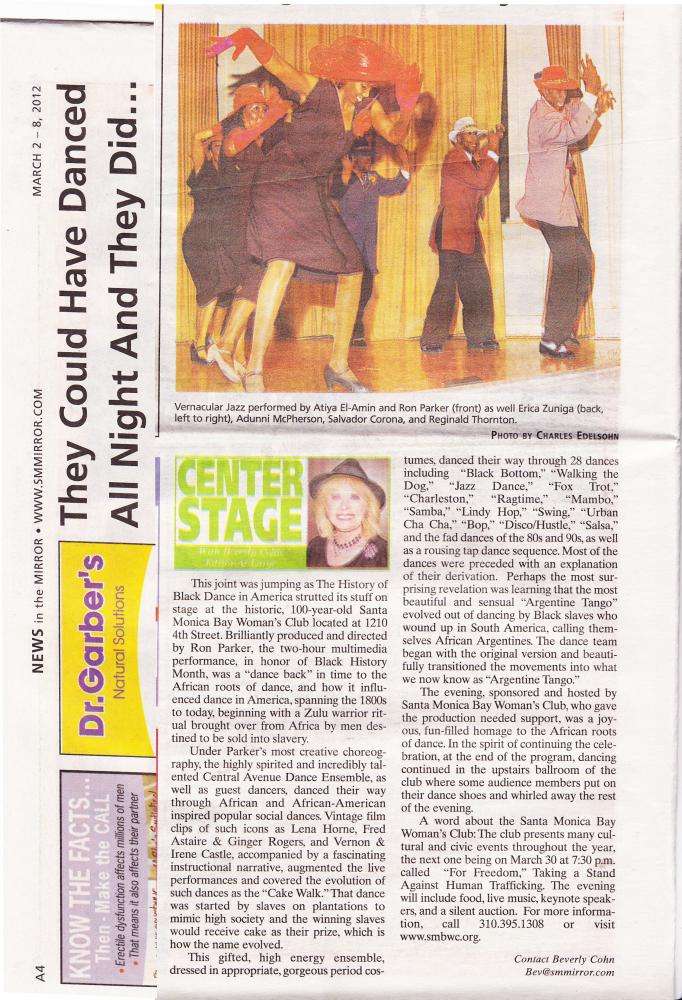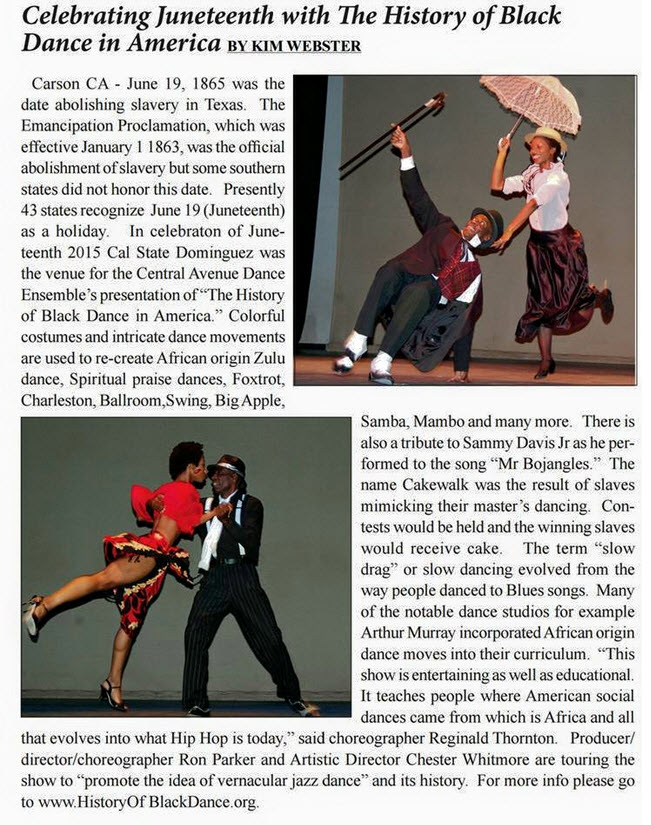February 12, 2011 7:31 PM
Leslie Gordon wrote on the Wall for The History of Black Dance in America.
Leslie wrote:
"Here, the turn out is amazing!!! Not enuff youngins though..."
To see this event's Wall, follow the link below:
http://www.facebook.com/n/?event.php&eid=120284904703584&mid=3c14db2G4f18492cG17df0a7G23&bcode=LD3RY&n_m=sysop%40scbbs.com#wall_posts
Thanks,
The Facebook Team
February 12, 2011 11:36 PM
Laura Rogers posted on your Wall.
Laura wrote:
"I just wanted to let you know how much mom and I enjoyed the show. I really admired the focus that you and the rest of the performers exhibited!!! Great job! Also, it was a pleasure to meet your mom and nephew."
Reply to this email to comment on this post.
To see your Wall and reply to posts, follow the link below:
http://www.facebook.com/n/?permalink.php&story_fbid=1596883445120&id=1326991660&mid=3c18721G4f18492cG17e6d2dG1&bcode=LD3RY&n_m=sysop%40scbbs.com
Thanks,
The Facebook Team
February 12, 2011 11:51 PM
From: edwindcraig@gmail.com
Ron. Congratulations. The evening was a great success. We all loved the show. Never mind the technical problems. The dancing was, well, how could dancing be any better. You were amazing. You are loaded with talent. And the comedy numbers were fabulous. Ditto the costumes and music. The audience sing along and dancing in the aisles just added to the over all excellence of the night. Send my regards to the entire cast. A job more than well done. We had a lot fun. Thank you. Edwin
February 13, 2011 1:12 AM
Michele Wolpe posted on your Wall.
Michele wrote:
"Ron, c'etait tres impressionant et charmant et j'aimais beaucoup ton "show!" J'espere que tu va bien dormir apres tout ca! Merci bien! Michele"
Reply to this email to comment on this post.
To see your Wall and reply to posts, follow the link below:
http://www.facebook.com/n/?permalink.php&story_fbid=1596923606124&id=1326991660&mid=3c19db3G4f18492cG17e6d2dG1&bcode=LD3RY&n_m=sysop%40scbbs.com
Thanks,
The Facebook Team
February 13, 2011 8:32 AM
From: Jane Rollins, ballroombythebay@gmail.com;
Hi Ron,
Wow, You guys were amazing. I appreciate all the hard work you put
into the show. Can't wait to see the second
one! Thanks for all you do for the dance community. You're the best.
Jane
February 13, 2011 9:23 AM
From: Lori Landau, February 13, 2011 9:23 AM
Hi Ron,
I sure hope you got a great night of sleep, and that you wake up to the sun shining and feeling great about what a great time everyone had last night... just because of all the you did and all that everyone did. It was an amazing experience, really, I'm not sure if I've ever been in a room full of so many people who all had such a great attitude. Everyone was happy it seems, no matter what the delays. What great energy to be in and be a part of. I'd thought that your doing the show. in and of itself, would be the inspiration for joy, but it was more than that, it was, as you said when you first came out and spoke, that we were coming together as a community. And that's what it felt like. Great fun, great energy, great entertainment. You did yourself real proud last night Ron Parker, everyone did... and I'm sure everyone is still smiling... I am.
xo, Lori
On Sun Feb 13 02:26:16 CST 2011, wendy banks <wendysyoga@msn.com>
wrote:
> Ron,
>
> Thank you so much for such a wonderful show, it was absolutely
> fantastic! I invited over 12 people but almost all of them were
> busy tonight - so we were four. We all enjoyed it tremendously -
> the dancing, choreography, costumes - just fantastic. We all
> hope you'll do it again. You really created so much joy - thank
> you!
>
> Wendy
I'm sure you must be receiving lots of compliments and I don't want to make you big-headed (!) but really, you brought such a wonderful energy to it, very real, no affectation or big ego. That set the tone and made the evening truly great. The technical snags really didn't matter, in fact made it even more special.
February 13, 2011 11:53 PM
Hi Ron,
Chris Eisenberg commented on your status.
Chris wrote: "It was a fantastic show, and a testament to all the passion, long hours and hard work you put into it! Just posted the photos I took, although they don't do justice to how wonderful the dancing and staging was. Congratulations!"
February 13, 2011 8:42 PM
From: gwynn matthews, dedancer09@yahoo.com;
By word of mouths, people were most disappointed at the show not continuing on; they were really looking to forward to the rest of the show. Even if the same music was replayed, they didn't care about that; they just wanted to see the rest of the dance concert. People know that we are not all professionals and they really enjoyed the show and they will remember it for a long time. There were a few errors in the dances, but so what? The music stop playing, but so what? Dancers don't stop, they just continue on; that is a sign of a professional dancer. Even the most bona-fided dancers on award shows make errors.
All in all, I heard nothing but praise at how everyone performed, how refreshing it was to see a dance concert such as ours and they said they are looking to the next one and hope that we will perform the rest of Act II.
February 13, 2011 1:19 PM
Although there were myriad problems, unanswered questions, and bizarre issues last night at the event, as these types of events go, last night (as I understand it), being your first RON, it was all okay. I think you deserve an A+ for all that you did and all that you accomplished. I really hope that you are very much encouraged to continue Producing and spreading the musical and dancing joy to the masses.
Chester, your genius goes without question (we all need to tighten up certain things, and we all know just what they are!). Myself included!!

